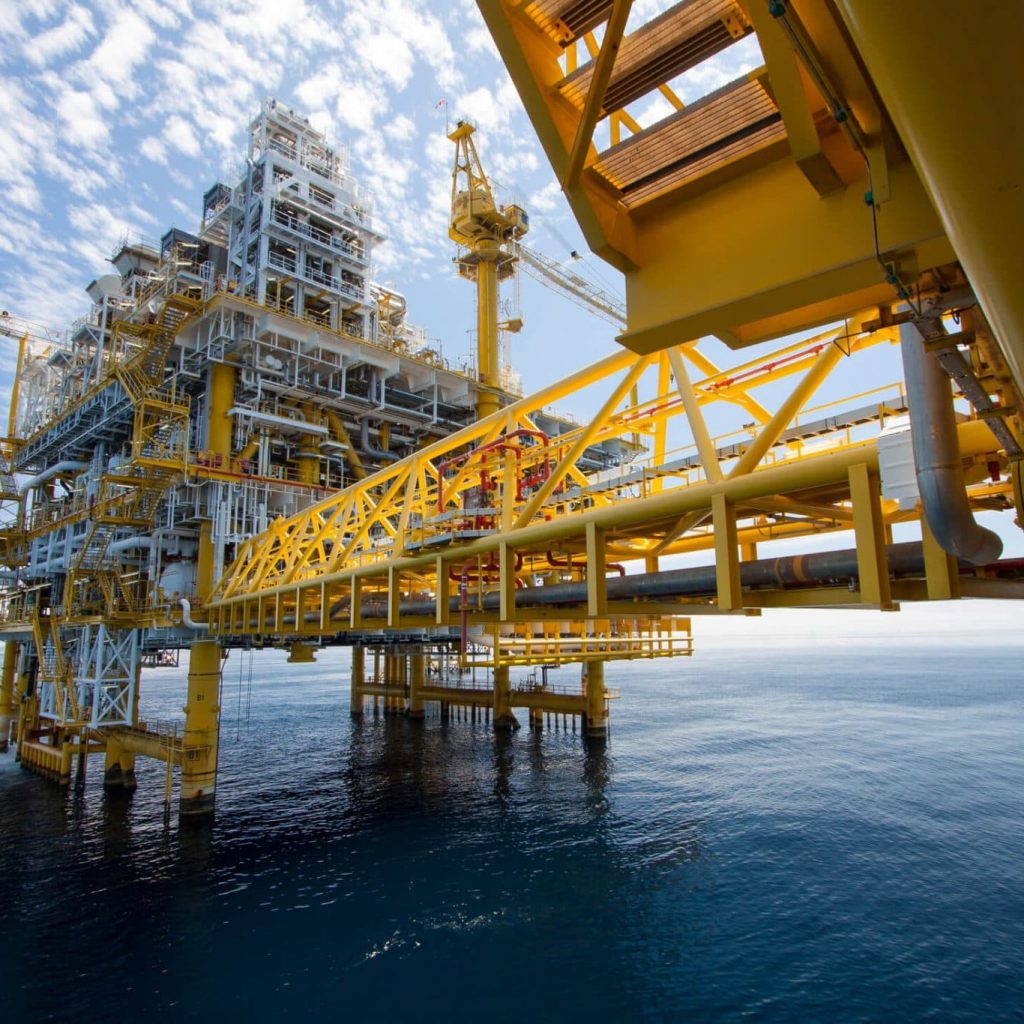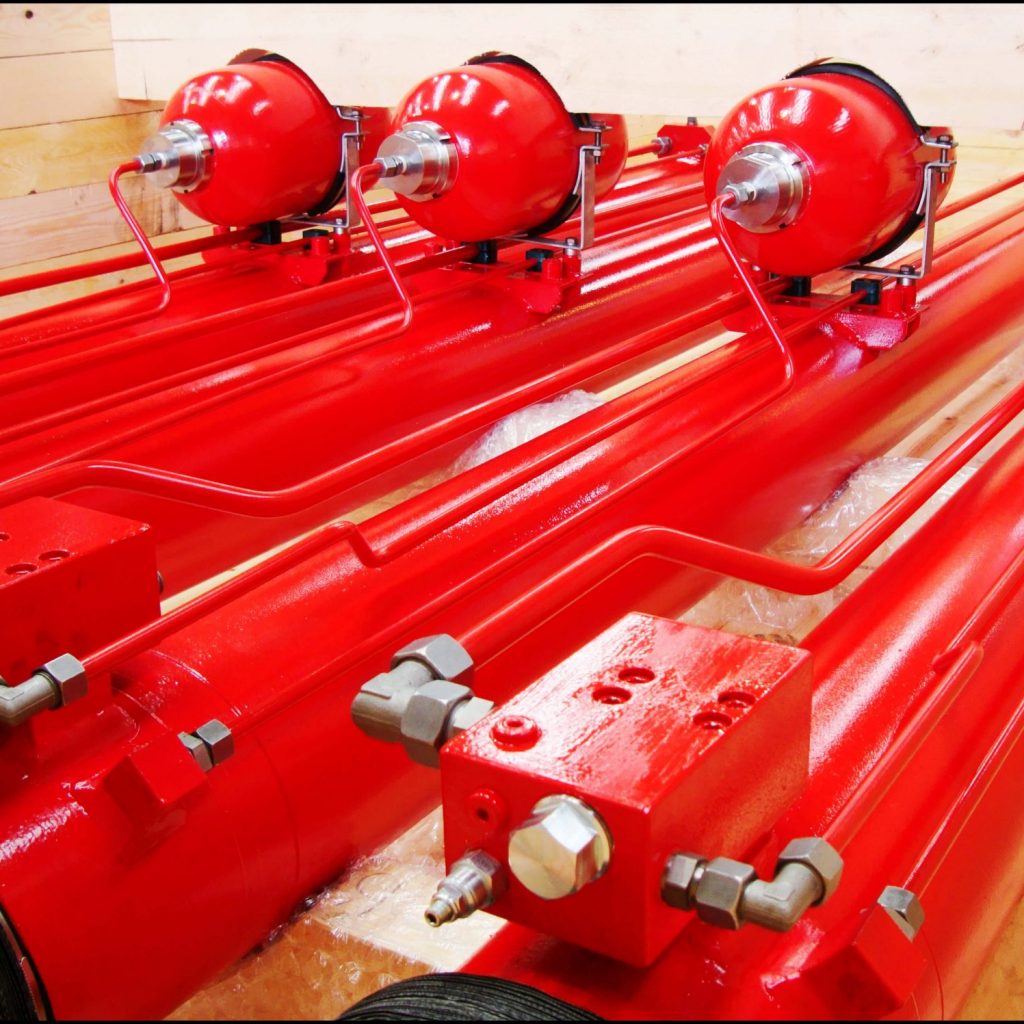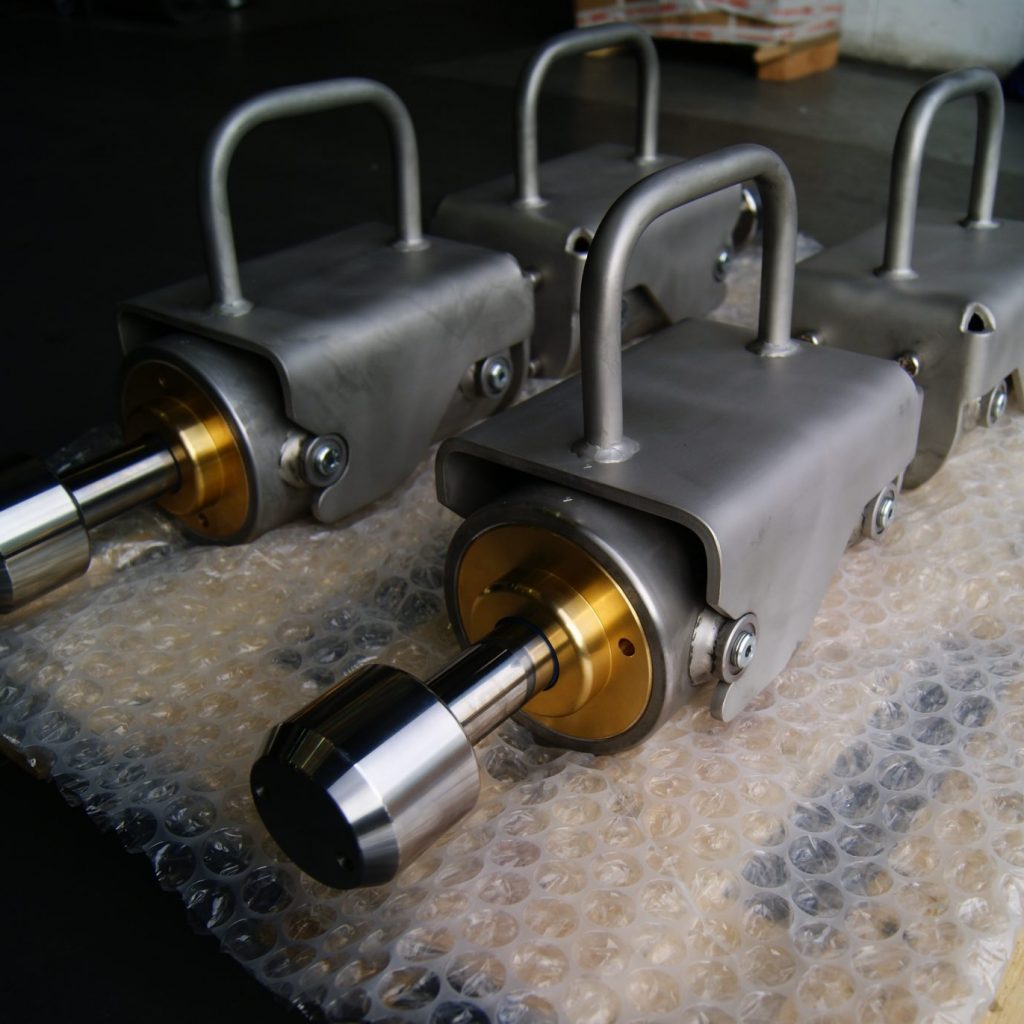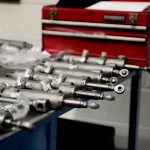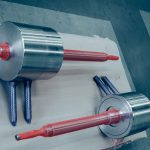Apex Deliver Specialised Hydraulics for World’s Largest Floating Structure
A Floating Liquified Natural Gas Rig (FLNG) commissioned Apex to manufacture highly specialised hydraulic cylinders to sit on the sea bed, facilitating the tensioning of the flow lines.
The Project
Manufacturers of one of the world’s largest floating structures, a Floating Liquified Natural Gas Rig (FLNG), commissioned Apex to manufacture highly specialised hydraulic cylinders to sit on the sea bed, facilitating the tensioning of the flow lines.
The company specified the following technical detail:
- Cylinder with a 250mm bore
- 120mm rod with 1850mm stroke, made of 1.4418 stainless steel with hard chrome plating
- Hot stab receptacle with dual counterbalance manifold block, made from duplex stainless steel
- Live and dummy hot stab assemblies manufactured from Nitronic 60 stainless steel
- 316L stainless steel ROV friendly fishtail handles
- Frame welded directly onto cylinders, complete with ROV grab handles
- Design and manufacture to comply with ISO 13628-8
FLNGs are mega structures, built to harvest and process gas at the source. Gas is brought up from the sea bed via gas flowlines and is liquified in order to be put into tankers and transported to the shore. This means that large amounts of unrefined fuel doesn’t need to be moved across the ocean which is financially beneficial for the company, as well as being a more environmentally responsible way of gathering consumable resources.
The FLNG is tethered to the sea bed with chains and anchors.The gas flowlines that bring up the fuel from the wells on the sea bed have to be held in constant tension to stop them from snapping. Each flowline is held in place by a suction pile. Apex was commissioned to make the four Hydraulic cylinders that are to be used to tension the flow line, before they are locked into place using holdback chains operated by a Remote Operating Vehicle (ROV). The hydraulics needed to be strong enough to bear the tension of the flowline for the period while the ROV was manoeuvred into place to lock the chains – a process that can take up to 24 hours.
The Challenges
Any offshore and subsea work presents challenges, both for personnel and for machinery. Environmental conditions can be extremely difficult, with storms producing violent wind and waves above sea, which can chip and corrode parts. Deep sea pressures need to be calculated when producing any machinery that will be placed on the sea bed, as well as other unusual obstacles; such as the potential for marine growth to stop machinery working. Much off-shore work is extremely remote; they can be hundreds of miles from the nearest shore, with the gas or oil-well being hundreds of metres below on the sea bed. All machinery needs to be extremely durable; both for reasons of safety and sustainability and for the financial impact that needing to send a part back for repair would have. There is no scope for items to fail due to poor manufacturing or lack of testing.
Due to the depth that the hydraulic cylinders would be working it, they needed to be operated by a ROV worked by a team above the surface. This required a state of the art hot stab receptacle with accessories, providing a communal port in order for the ROV to be able to work the hydraulic cylinder.
The cylinders had to be extremely strong in order to withstand the pressure from the tensioned flow lines for up to 24 hours, while the ROV was positioned to be able to lock the holdback chains.
Apex Solutions
The highly skilled personnel in the Dewsbury workshop manufactured the hydraulic cylinders and hot stab receptacles to the exact specifications as directed by the client. The hot stab receptacle was manufactured with both a live and dummy stab. This open port interface allows the ROV to access the hydraulic cylinder using the live hot stab assembly.
Paintwork was outsourced by Apex to a specialist company, in order to meet the extremely complex painting specifications, requested to ensure a strong protection against rust and corrosion on the corrosive environment of the sea bed.
The project was subjected to lots of checks throughout the manufacturing process. Both before and after assembly, the hydraulic system was tested in Apex’ state of the art inspection department, to 3rd party NDT requirements. After manufacture, it was re-inspected after pressure and functional pull testing.
The Results
The resulting product was a set of extremely durable, reliable, highly specialised hydraulic cylinders, complete with hot stab receptacles, ready for use tensioning and holding one of the largest floating structures in the world.
Gallery
More images from this project
The Sectors
We have strong experience working across a variety of different sectors. If you would like to read more about our sector experience associated with this project – click an image for more information….
Related Products
The following products were utilised as part of this project. For more detailed information on these products, click on an image below…


